Location: just outside Kelso, Roxburghshire, Scottish Borders, Lowlands of Scotland
kind of castle: 18th century estate house, with the looks of a palace
today: partly open to the public, partly private residence of the Dukes of Roxburghe
public transport: buses to Kelso, short walk from the town centre
scheduled monument: yes
managed by: Dukes of Roxburghe
entrance fee (subject to change): £ 18
opening times (subject to change): April – September 10.30 – 05.00
directions: Floors Castle – Google Maps
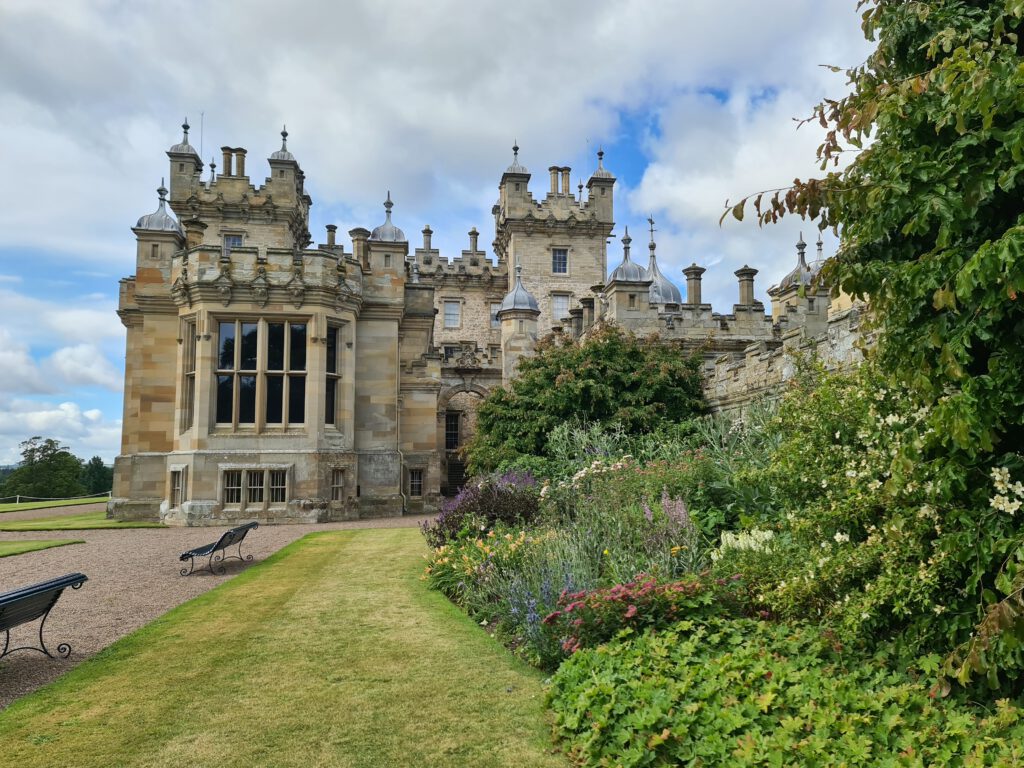
Floors Castle or the grand palais of the Scottish Borders, how I call it, is definitely an impressive sight, one you shouldn’t miss. Belonging to the Dukes of Roxburghe it has been in the family hands for over 300 years, after the estate was passed to the Kerrs of Cessford, who formerly owned Cessford Castle and later moved to Melrose.
Today the family is still living in parts of the castle, while other parts are open to the public during the summer months, the gardens are open all year round and themselves are worth a visit if paying the Scottish Borders a visit. The “centrepiece” of the Roxburghe Estate the house itself has a long but mostly calm history.

Called a castle the building is more of a grand estate house, worthy of being the seat of a Duke. The estate passed to the Kerrs of Cessford around the 12th century, but the building of any serious property wasn’t commissioned until the 1720s. Architect William Adam was the main one responsible at the site. Saying the 1720s it has to be mentioned that there was an older Tower House existing already, the old building was incorporated in the new house, at least that is the commonly believed version.
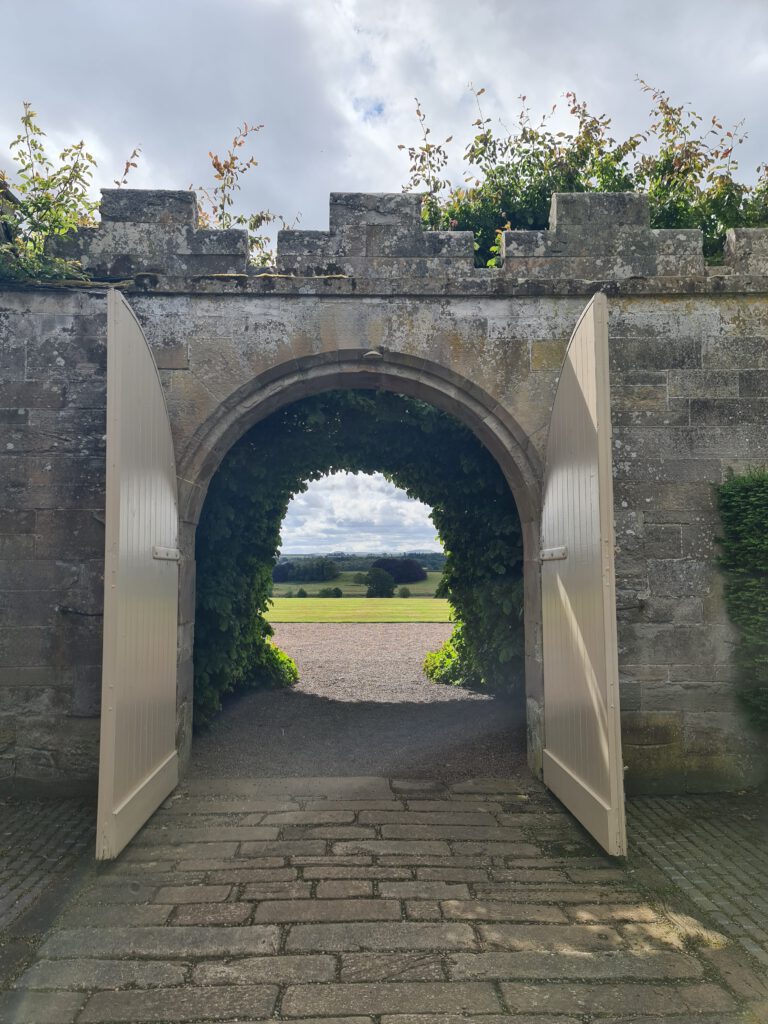
What you can see today doesn’t look very defensive and that is no wonder since it was built during a time when the Union of the Crowns made the former fortresses obsolete, the troubled border between Scotland and England didn’t exist anymore and gone with it were the notorious Border Reivers that had made pele towers necessary. With the times changing the fortresses changed into palaces, demonstrating power of a different kind. And alongside the prominent location near the border Floors Castle was pretty much in the centre of attention due to being just across from what once had been the town of Roxburgh and Roxburgh Castle, the ruins of the later you can still spot in the distance to this day.
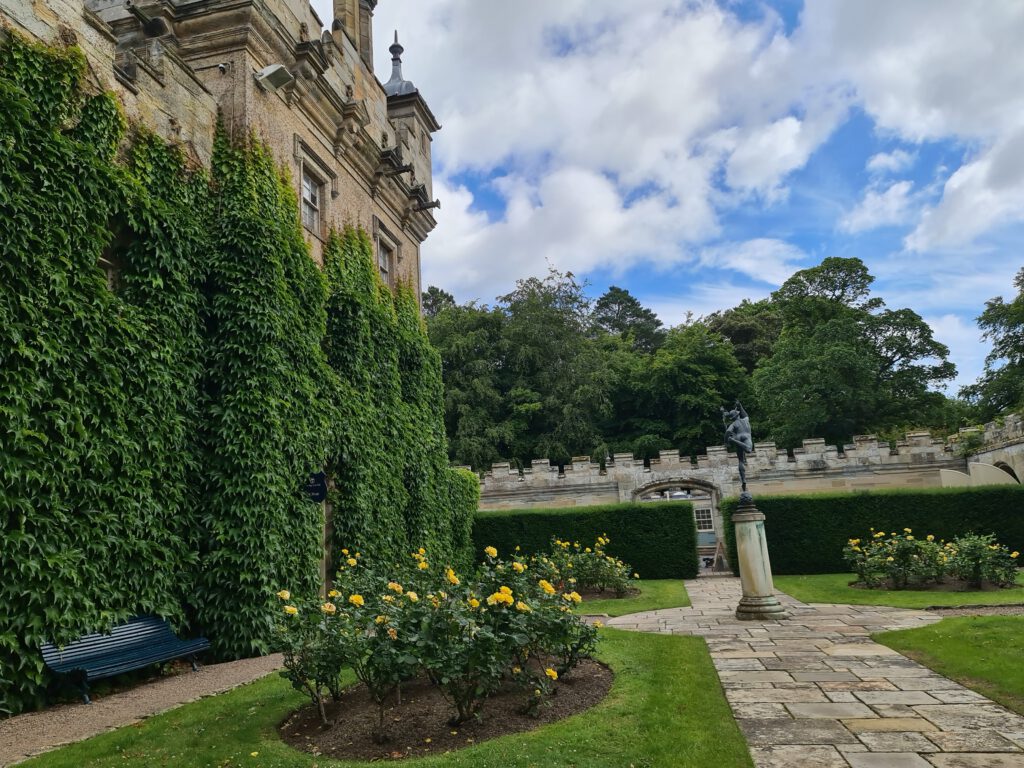
With the changes being made under the first Duke Roxburgh, it was Sir Robert Ker who was made first Earl and it was the 5th Earl who was created 1st Duke, following his participation in the Act of Union. This major revamp under Adam didn’t fulfil the wants of the Duke though, it wasn’t grant enough and to be fair compared to what he really wanted it was underwhelming. However, the base for today’s gardens were laid back then, although renovated later on.
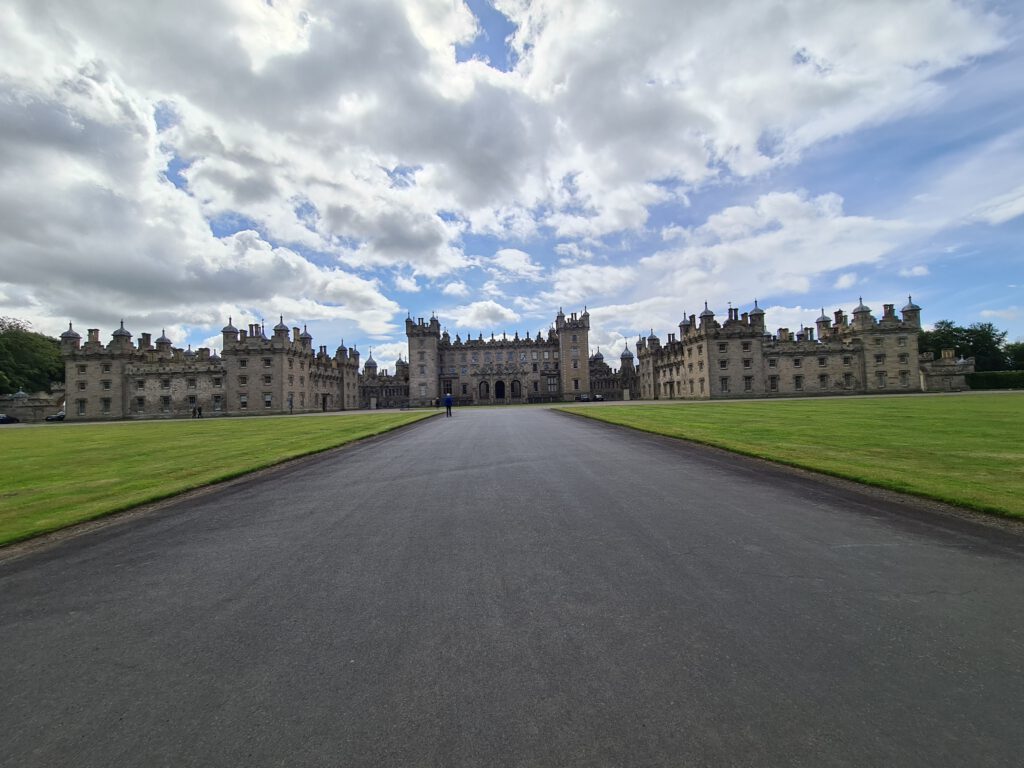
Comprising of a plain block and towers at each corner as well as Pavilions on the side; to this day the main layout of the house is the common one for the 18th century, a main block with two symmetrical service wings.
In the hands of the Ker family, the name slightly changed to Innes-Ker with the accession of Sir James Innes as Duke in 1812. The name of Floors Castle stayed though, originally either deriving from the French fleurs or from floors cause of the terrace it is located on.
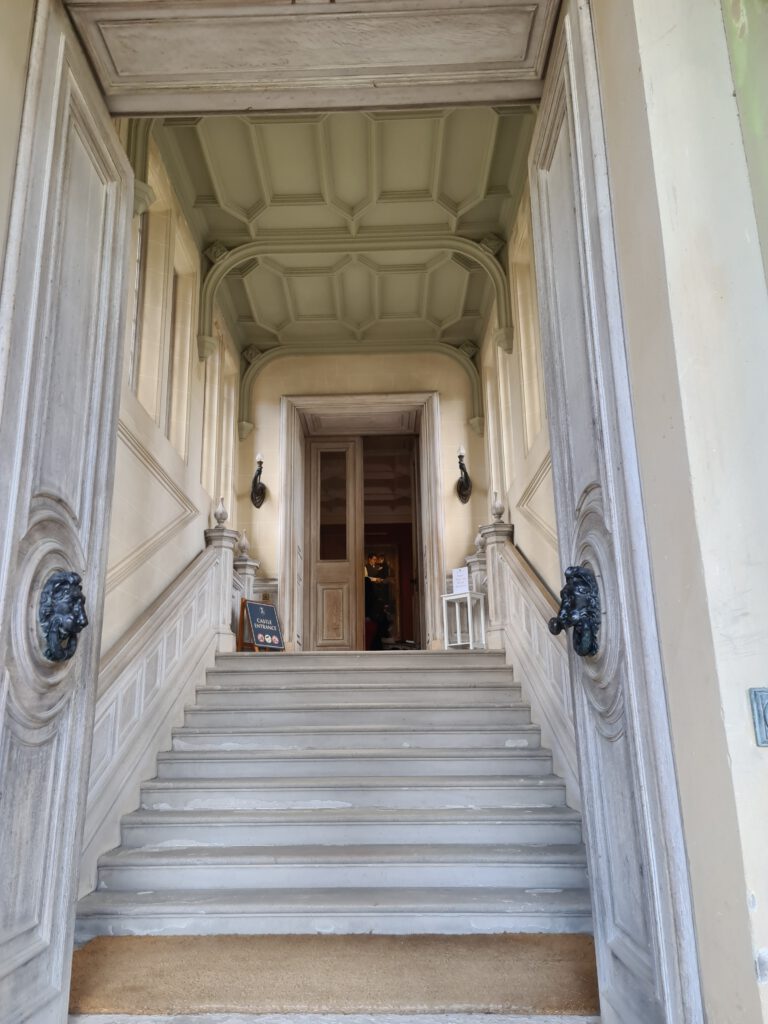
Having had enough of the understating building his grand castle was the 6th Duke used his money around 1837, getting William Henry Playfair remodelling and rebuilding what he saw as a plan Georgian mansion, creating what we can still see today when looking at Floors Castle. The complex had finally achieved the true potential lingering inside its architecture, landscape, and design. Featuring turrets, pinnacles, cupolas, and similar constructions, designed most amazingly the effect created is dramatic and theatrical.
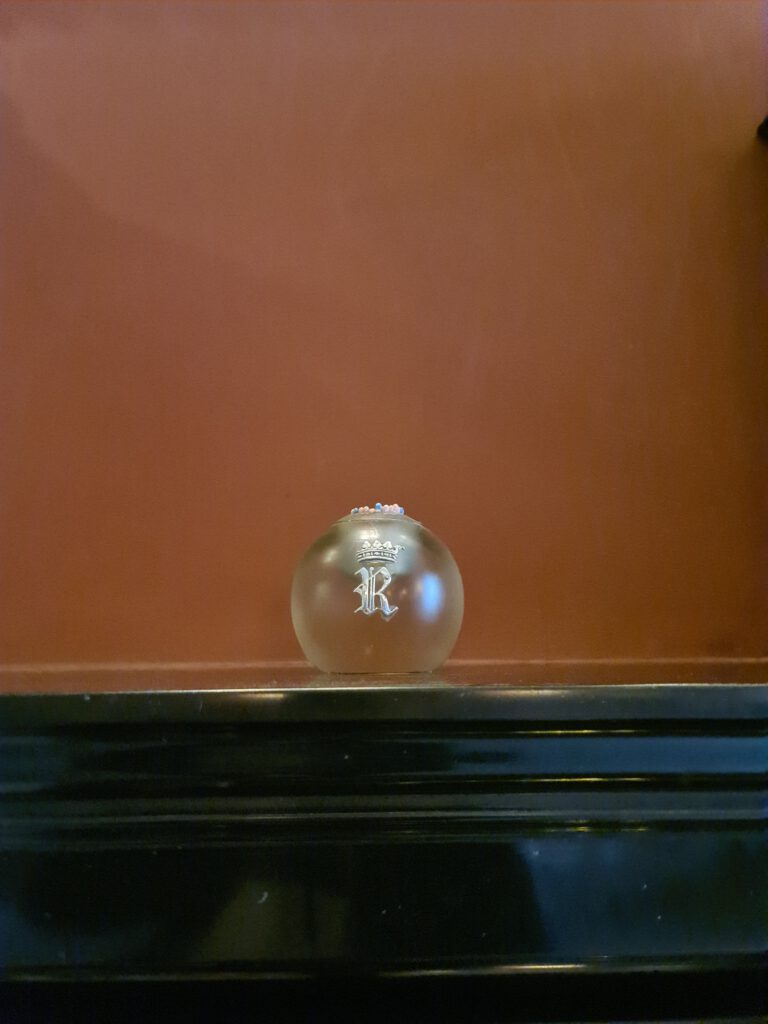
Standing by the banks of the River Tweed with views over to former Roxburgh Castle as well as the Cheviot Hills, today it is Scotland’s largest inhabited castle as well as one of the main visitor attractions in the Scottish Borders. The extensive grounds invite you to explore the gardens, which are listed in the Inventory of Gardens and Designed Landscapes or follow one of the well-marked trails over the property. Offering short options, a woodland walk, a walk next to the Tweed and a cycle trail to the abilities of the whole family.
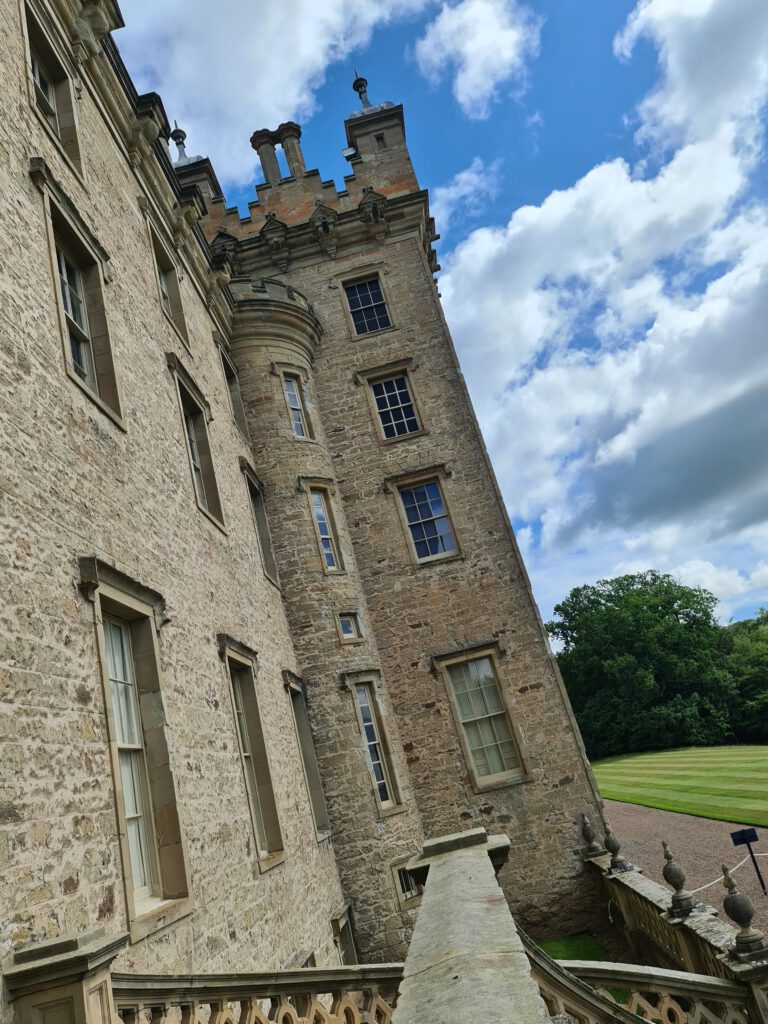
Having housed eleven generations of the Duke’s of Roxburghe there is no wonder that the collection inside Floors Castle is a very big one, worth of a space inside the largest inhabited house in Scotland. Housing fine art, porcelain, furniture, grand rooms and tabestries, some of which were added to the house by Duke Henry in the 1930s when he married Mary Goelet, an American heiress, in 1903, who brought some over from her Long Island home.
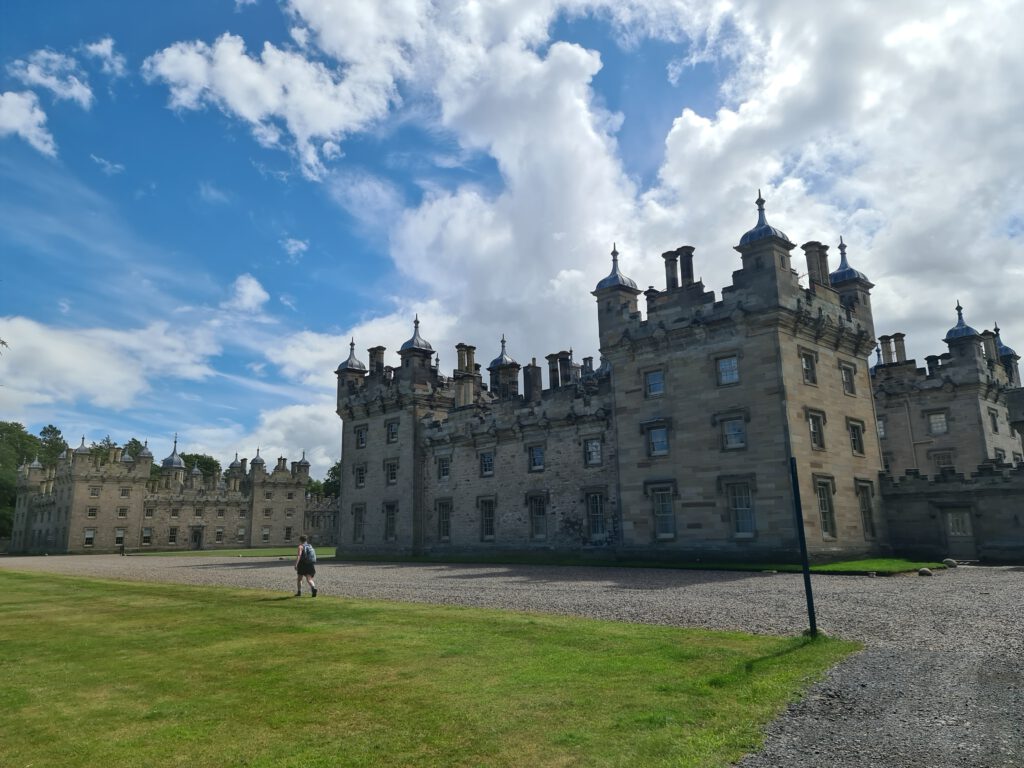
Browsing round the Estate you should make sure to pack lots of time, at least 2 to 3 hours if you really want to give the property a chance to dive into the experience. Alongside with the castle itself and the enclosed woodlands and gardens there are many more things to explore such as the gift shop, the Apple Shed Shop, Deli and two cafés, which have amazing cakes. A great opportunity would be to take something at the cafés for takeaway and eat it during a stroll through the woods or at the river.

It is true that Floors Castle has a certain charm, looking a bit fairy-tale like and without and troubling history we know of it is most certainly worth the attention by many a traveller, keeping the attention not just inside but also in the extended grounds. Offering lots for every sort of visitor, there are opportunities for the kids as well, with the Adventure Playground inside the Walled Garden.

The castle has something to offer, even for movie lovers, being one of the locations in which The Legend of Tarzan was filmed. And who wants to travel responsible, well the castle does have his own biomass boiler, since 2010, providing the old building with renewable energy, doing something for the future of everyone.
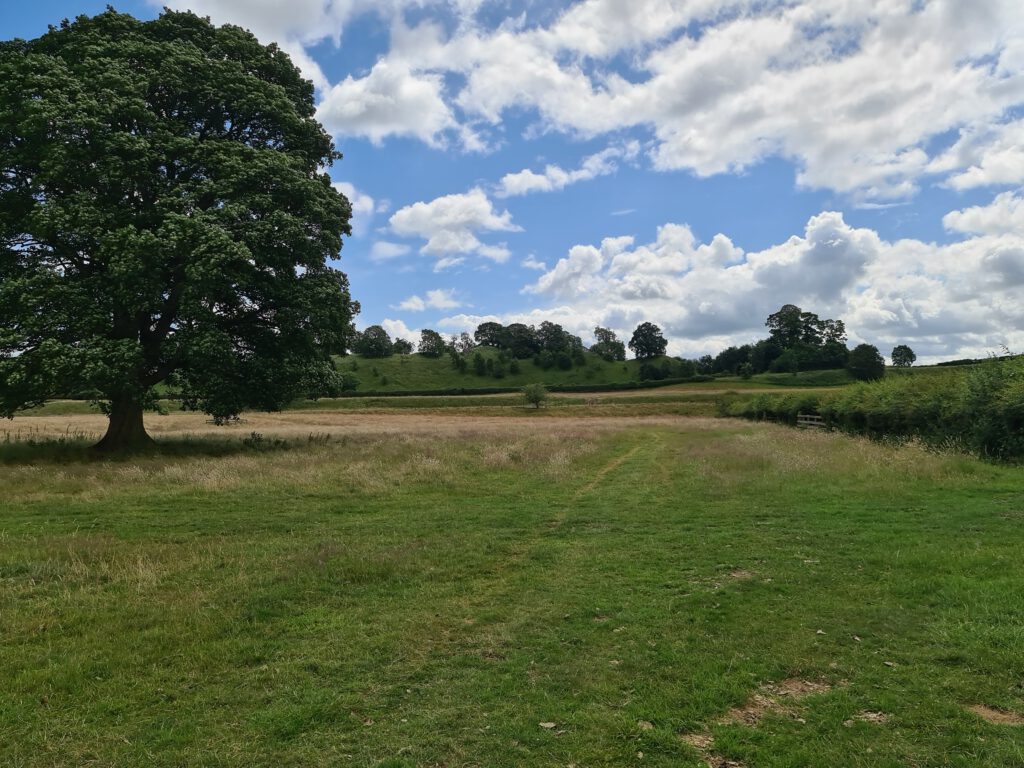
A huge thank you goes to the Duke and Duchess of Roxburgh, who try to keep an important part of the local history and the Scottish nobility alive by opening their doors to the public. I truly enjoyed my visit there and made sure to check out most parts of it, following the trails, getting a cake and exploring the castle as well as its gift shop. It is a truly magnificent place to spend some time and although I am usually quite quick with visiting sights, I took a while to explore and soak in every beautiful bit.
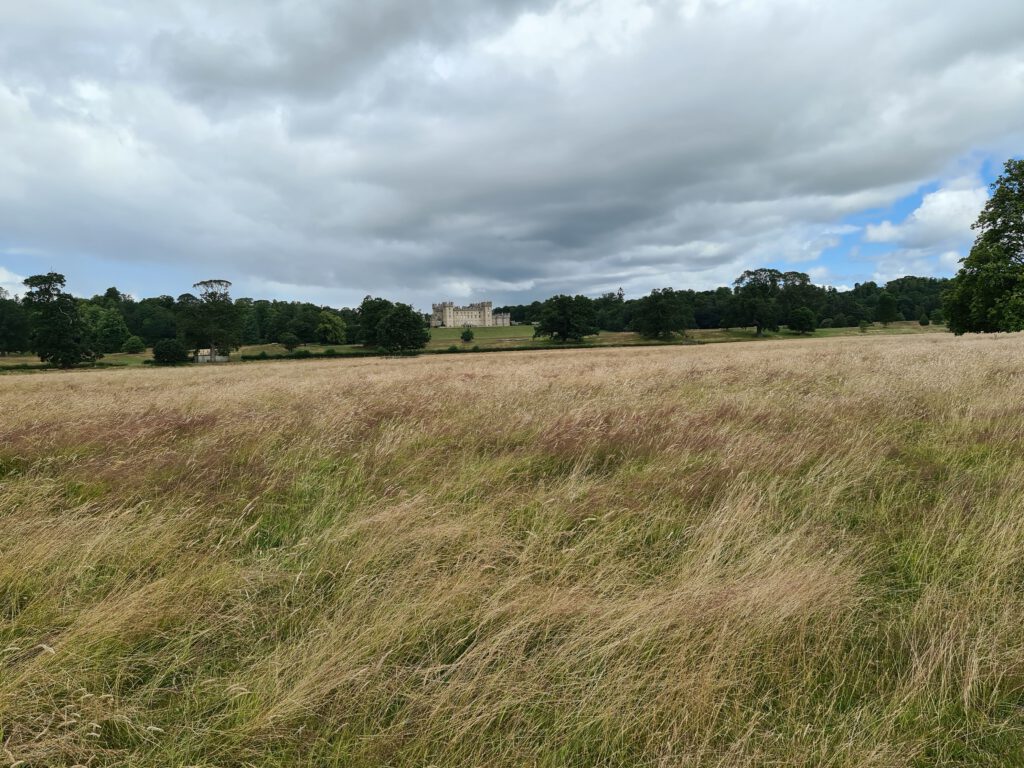
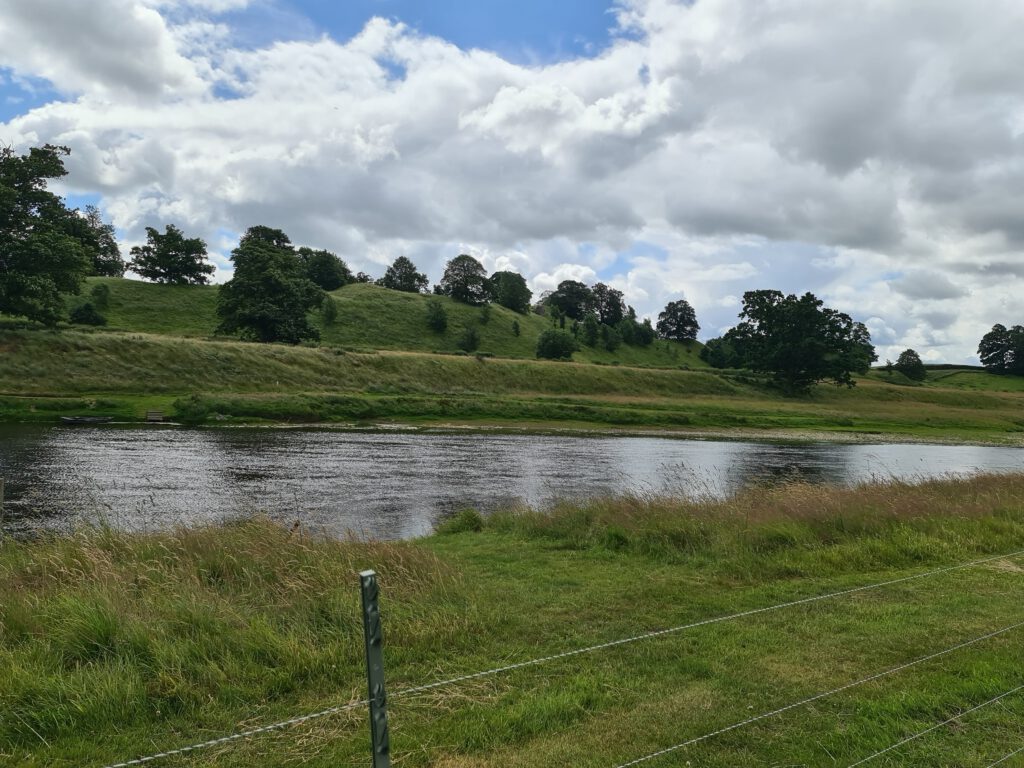
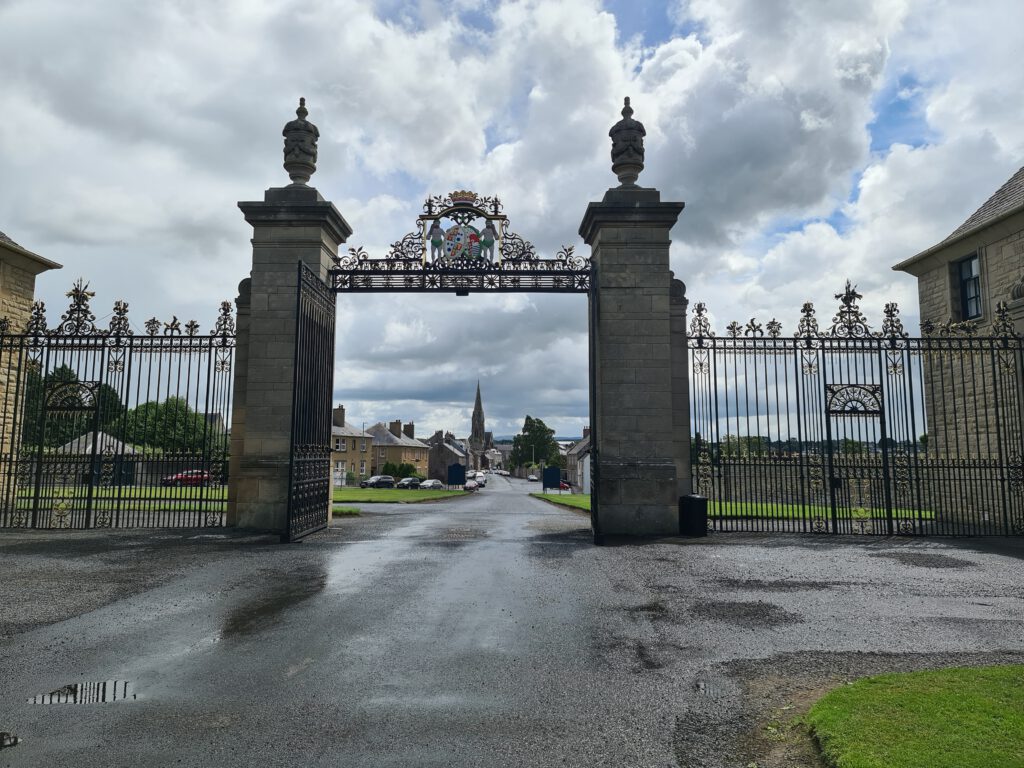
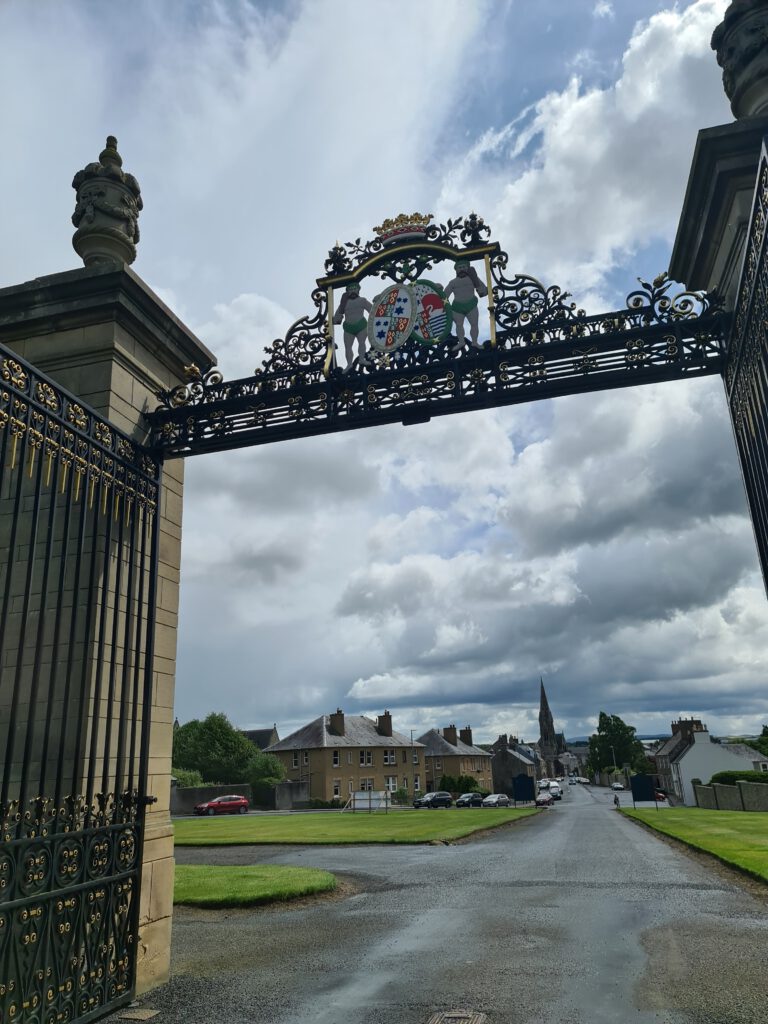

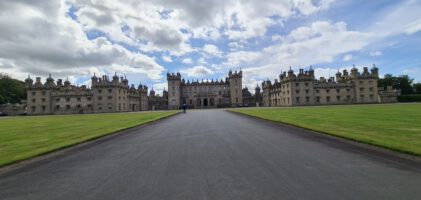
Pingback: Wallace’s Tower, Roxburgh – A scottish World